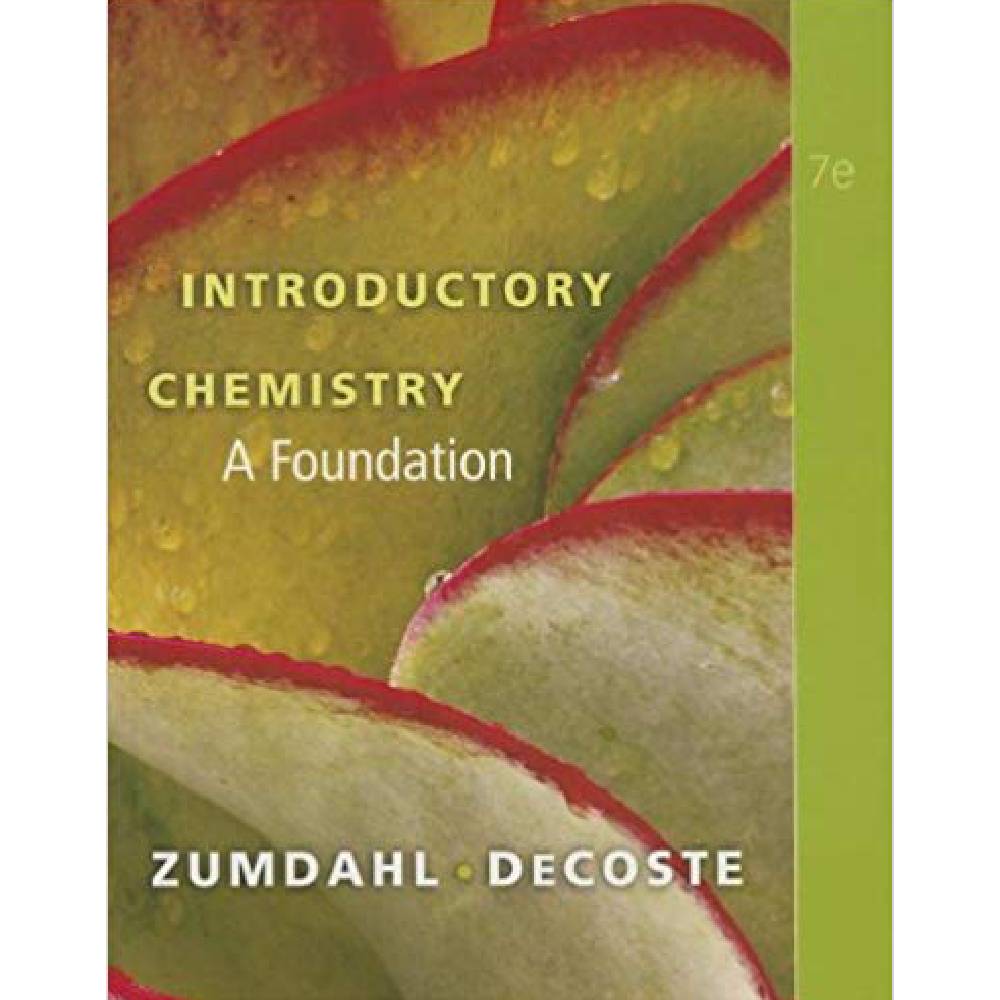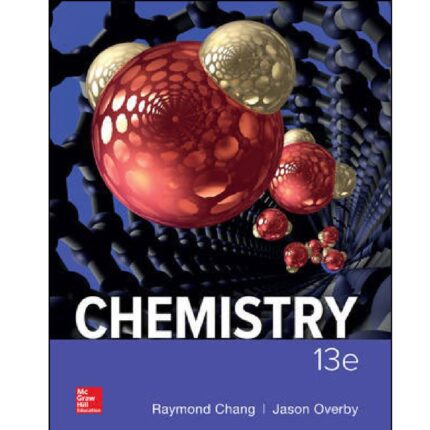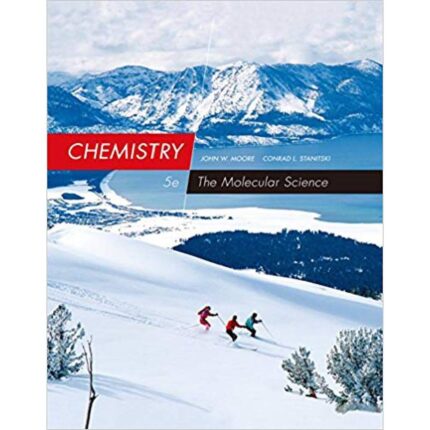Chapter 11 – Modern Atomic Theory
1. True or false? The frequency of the wave is the distance between two con-secutive wave peaks.
ANS: F PTS: 1 DIF: easy TOP: atomic theory | light
KEY: electromagnetic radiation MSC: general chemistry
2. True or false? The speed of a wave indicates how fast a given peak travels through water.
ANS: T PTS: 1 DIF: easy TOP: atomic theory | light
KEY: electromagnetic radiation MSC: general chemistry
3. True or false? The frequency of the wave indicates how many wave peaks pass a certain point per given time period.
ANS: T PTS: 1 DIF: easy TOP: atomic theory | light
KEY: electromagnetic radiation MSC: general chemistry
4. True or false? A packet of energy of electromagnetic radiation is called a neutron.
ANS: F PTS: 1 DIF: easy TOP: atomic theory | light
KEY: quantum effects and photons | photoelectric effect MSC: general chemistry
5. We usually use the term ____ for all forms of electromagnetic radiation.
a. energy
b. photons
c. radiation
d. light
e. none of these
ANS: D PTS: 1 DIF: easy TOP: atomic theory | light
KEY: electromagnetic radiation | electromagnetic spectrum MSC: general chemistry
6. The form of EMR that has more energy per photon than ultraviolet rays but less energy per photon than gamma rays is
a. microwaves
b. radio waves
c. X rays
d. infrared rays
e. none of these
ANS: C PTS: 1 DIF: easy TOP: atomic theory | light
KEY: electromagnetic radiation | electromagnetic spectrum MSC: general chemistry
7. The form of EMR that has less energy per photon than infrared rays but more energy per photon than radio waves is
a. microwaves
b. ultraviolet
c. gamma rays
d. X rays
e. none of these
ANS: A PTS: 1 DIF: easy TOP: atomic theory | light
KEY: electromagnetic radiation | electromagnetic spectrum MSC: general chemistry
8. Which color of visible light has the most energy per photon?
a. violet
b. blue
c. green
d. yellow
e. red
ANS: A PTS: 1 DIF: easy TOP: atomic theory | light
KEY: electromagnetic radiation | electromagnetic spectrum MSC: general chemistry
9. Which color of visible light has the least amount of energy per photon?
a. violet
b. blue
c. green
d. yellow
e. red
ANS: E PTS: 1 DIF: easy TOP: atomic theory | light
KEY: electromagnetic radiation | electromagnetic spectrum MSC: general chemistry
10. When an electron in the ground state absorbs energy, it goes to a(n) ____ state.
a. excited
b. lower
c. frenetic
d. ionic
e. stable
ANS: A PTS: 1 DIF: easy TOP: atomic theory | light
KEY: Bohr theory | Bohr’s postulates MSC: general chemistry
11. The energy levels of the hydrogen atom (and all atoms) are ____, meaning that only certain discrete energy levels are allowed.
a. varied
b. quantized
c. ramp-like
d. continuous
e. two of these
ANS: B PTS: 1 DIF: easy TOP: atomic theory | light
KEY: quantum effects and photons | Planck’s quantization of energy
MSC: general chemistry
12. The color of a polar bear’s fur is
a. white
b. brown
c. black
d. yellow
e. colorless
ANS: E PTS: 1 DIF: easy TOP: atomic theory | light
KEY: electromagnetic radiation | electromagnetic spectrum MSC: general chemistry
13. ____ is a phenomenon that may be caused by the burning of fossil fuels, which increases the CO2 content in the earth’s atmosphere.
a. Acid rain
b. The greenhouse effect
c. Infrared radiation
d. The ozone problem
e. None of these
ANS: B PTS: 1 DIF: easy TOP: atomic theory | light
KEY: electromagnetic radiation MSC: general chemistry
14. ____ is a form of oxygen that protects us from high-energy radiation emit-ted by the sun.
a. Ozone
b. Carbon dioxide
c. Ultraviolet light
d. Methane
e. None of these
ANS: A PTS: 1 DIF: easy TOP: atomic theory | light
KEY: electromagnetic radiation MSC: general chemistry
15. Which of the following is a reasonable criticism of the Bohr model of the atom?
a. It makes no attempt to explain why the negative electron does not eventually fall into the positive nucleus.
b. It does not adequately predict the line spectrum of hydrogen.
c. It does not adequately predict the ionization energy of the valence electron(s) for elements other than hydrogen.
d. It does not adequately predict the ionization energy of the first-energy-level electrons for one-electron species for elements other than hydrogen.
e. It shows the electrons to exist outside the nucleus.
ANS: C PTS: 1 DIF: easy TOP: atomic theory | light
KEY: Bohr theory | Bohr’s postulates MSC: general chemistry













Reviews
There are no reviews yet.